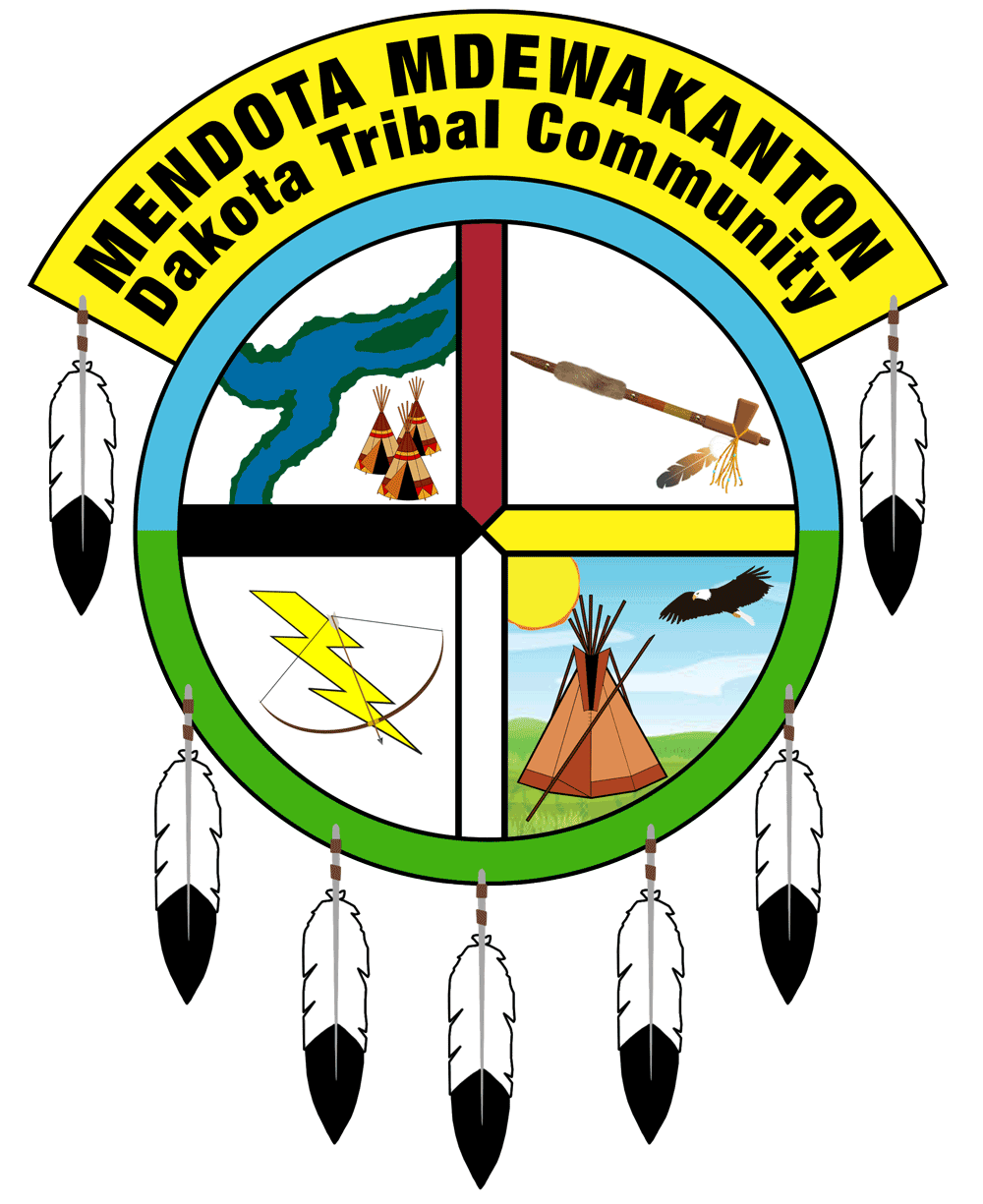National Park Service authorities have closed public parking at Coldwater Springs, a Dakota sacred site. The former public parking area will be “transformed into a community space†at the entrance to this 27-acre park. So, you wonder what the real reason is.
NPS authorities clear-cut the Coldwater campus in 2011. Since 1999 Coldwater has lost half its spring water, down from 130,000 gal/day to 65,000 gal/day. At the same time NPS dewaters (pipes out groundwater from the park) in at least five low places while claiming it wants to increase the flow to this 10,000-year-old spring. So, you wonder.
On Parking
Â
Phil Sturm writes in a Google Review under Coldwater Spring in Google Maps:
They’re taking away the parking so it is a park with no parking, because our federal bureaucracy is anything if not petty. With usage comes those who abuse places, so the natural response of the bureaucrats is spiteful. So basically they don’t want you there I guess. No parking means no visitors.
On Accessibility
Sue Ann Martinson writes directly to local NPS officials.
Dear John Anfinson and Alan Robbins-Fenger,
[Superintendent and Chief of Resource Management, Mississippi National River and Recreation Area, MNRRA/NPS]
I am trying to figure out your logic in creating four handicap spots in the parking lot at Coldwater and banishing all others.
Coldwater is not really handicap accessible and the spring itself is difficult if not impossible for handicapped people to reach. I speak from experience.
A walker with a sit and wheels does not work on the paths because they are too rough. An upright walker with wheels in the front does not work for the same reason. A wheelchair, especially the kind you have to push, is rough going. A cane is possible but difficult.
But that is just on the paths. If a person wants to go to the Spring House where all the activities take place, the going is much rougher There is the created path up the hill that is not difficult for able-bodied people, but rough for handicapped people, even with a cane.
If a handicapped person does manage to get down the path, there is still a climb to the Spring House.
Needless to say, there is no handicap accessibility to the Spring House for a person in a wheelchair. The rest of the area is difficult to access, depending on the severity of the handicap.
It certainly keeps me away from Coldwater! Which, needless to say, I resent. I used to visit at least once a week.
Sue Ann Martinson
Friends of Coldwater
On Control
Â
Susu Jeffrey responds to the new rules.
Since the National Park Service (NPS) assumed control over Coldwater in 2010, the park has been clear-cut, continuously dewatered, and now human visitors are discouraged. Closing public parking for “public space†that abuts 27-acres of public parkland defies credibility.
The closest free parking is more than a half mile away and across Highway 55. People want to walk in the park not to the park.
It is absurd that federal park personnel expend so much effort to control the water, kill the trees, spray the “weeds,†expel dog walkers and parkland enthusiasts. Excluded from NPS plans are Mdewakanton Dakota people for whom Coldwater is an acknowledged sacred site for collecting water for ceremony and drinking.
Coldwater was flowing for hundreds of years before indigenous people slew and ate a giant buffalo 9,000-years-ago in the backwaters of the Mississippi-Minnesota confluence. Spring water outflow survival since the time before people lived here begs to be studied and appreciated, especially since Coldwater is the last major natural spring in Hennepin County and this is the century of worldwide water crisis.
Consider the NPS intensive dewatering where piped water with topsoil, road salt and applied herbicides is hurled down the Mississippi the gorge silting up the meeting of Coldwater Creek at Big River. Local NPS superintendent John Anfinson spoke about increasing the groundwater supply to Coldwater but the old Bureau of Mines dewatering systems remain, installed in the 1950s for buildings and parking. NPS could have plugged every pipe to allow the water to sift naturally through soil and limestone bedrock.
Rather than working with the existing landscape what NPS did was create a park plan on paper and insert it into the land: remove buildings, clear-cut the trees and import thousands of dollars of dirt fill to bulldoze into a descending, formerly steep, bluff top.
Trees are about 90-percent water. They stabilize the land, absorb rainwater after downpours and provide wildlife habitat. Why cut mature trees and continue the old dewatering in the face of increased stormwater runoff that climate scientists predict for our region?
What a huge effort to maintain a contrary environmental place. This area is historical wetland according to Bruce M. White, PhD, founder of MinnesotaHistory.net. Why the effort to convert wetland to prairie?
Prairie planting is the vogue in park planning because it is the cheapest, fastest way to prettify a landscape. But what is the price of eliminating wetlands, nature’s method of “scrubbing†the water that all life depends upon?
It’s time to work with nature. It’s called bio-mimicry. Anfinson declared that only indigenous biota would be allowed at Coldwater. Well, white people are not indigenous here.
Susu Jeffrey
Friends of Coldwater
